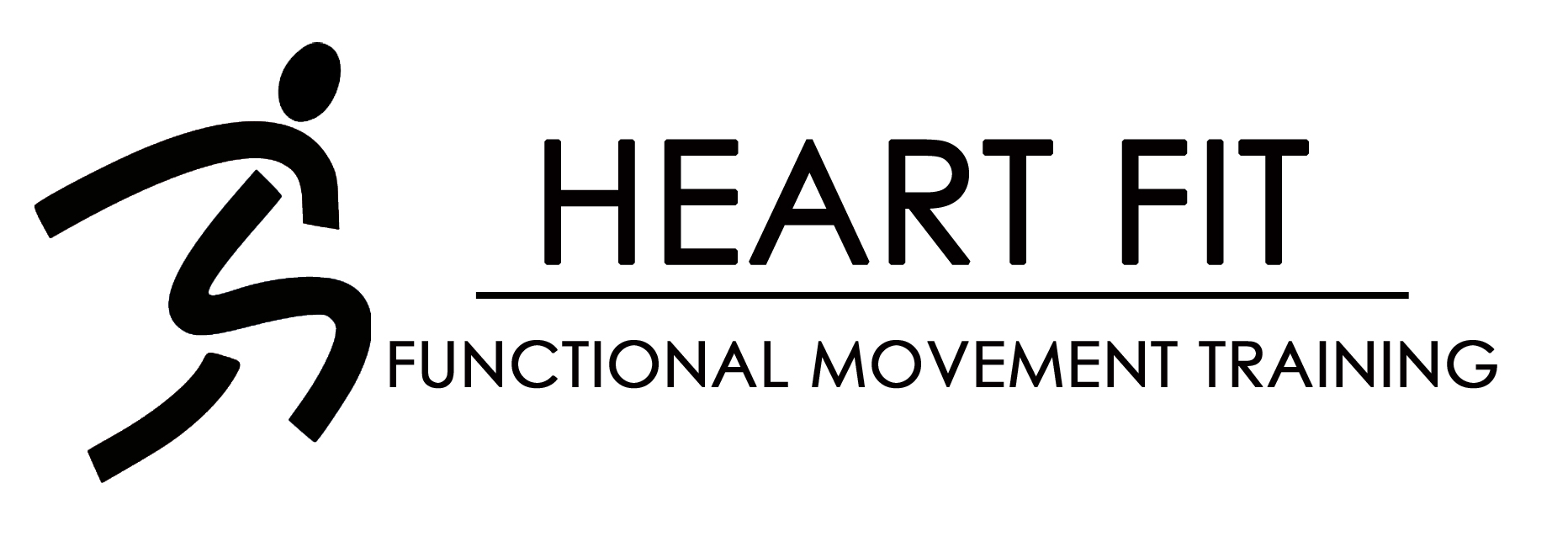Go Hard or Go Home
There is a perceived misconception out there that there is only one way to work out and that is training so hard that by the end of the session your head is in a trash can throwing up your breakfast. High Intensity training is all the craze these days. This type of “give me 1 more horrible rep” or “jump up and down to complete exhaustion” work out routines are a train wreck approach. I would challenge anyone to find an educated, experienced, fitness specialist who would agree with this model as a long-term approach to increase one’s fitness. When you take a sedentary person and train that person hard for 2-3 months of course they are going to get good results but by no means does that mean they would not yield good results training at lower intensities, which also would reduce the risk of injury and burnout. High Intensity is not a bad thing. The problem is it is being used way too often by uneducated trainers and facilities. It is also the number one factor behind a client hitting a plateau and not progressing in their fitness program. True high intensity training takes place at 95-100 % maximum effort/heart rate. You need your body to perform maximal efforts in order to drive your heart rate up that high. These types of efforts take a full 72 hours to recover from and there lies the problem. With most high intensity training programs these efforts are done day in and day out! Your body never fully recovers. You end up not giving your best effort and constantly working out at 80% heart rate or what I like to call the path to nowhere zone. When you train with your heart rate between 80-90% you’re not training your high threshold fibers. You’re not developing your nervous system and you’re certainly not producing maximum force. Rather you are just going to become fatigued which will lead to poor results.
There a really only two training zones the average person should be focused on training at above 95 % or below 75% intensity (active recovery). What I’m seeing on a grand scale is that people are taking their fitness classes that are deemed high intensity 4-5 days a week. It is physiologically impossible to train more than twice a week at intensity levels above 95%. By doing so the average person never fully recovers and ends up training at intensity levels that will not allow them to improve their overall fitness. Yes, short term you will see better results but eventually there will come a point where your body will not take on more high intensity training and you will hit a plateau or over train.
Another misconception is that somehow training at high intensities will improve one’s endurance. This misconception leads you to believe that by doing less at higher intensities you will improve your overall endurance which is wrong. Every endurance coach will agree less is not more, but rather more is more. The human body is going to respond to what you do to it. It is a fact that the fastest twitch fibers (the one’s you train with high intensity) have horrible endurance. If you do a lot of speed work or Olympic lifts and your goal is maximum force and strength you don’t want to do endurance work because you’re throwing completely different stimulus on the opposite end of the spectrum. The body will just say I’m not going to do anything because it makes no sense to ask for maximal strength, power and maximum endurance. Strength/power and endurance are two different things. Endurance is about being as economical as possible; using the least amount of muscle fiber as you can, using fat as a fuel source. High Intensity conditioning or Olympic lifting is the most uneconomical way of building endurance. You’re teaching your body to burn sugar instead of fat, using your high threshold fibers teaches your body to become as less efficient as possible. Lastly, there is a direct relationship to muscle size and VO2 max (maximum aerobic capacity), the bigger the muscle the more energy it takes to contract which means horrible endurance because the human body can only produce so much energy. I know people like to do hard stuff, but the right hard stuff at the right time is what improves performance and decreases injury. Lastly, the number one goal in any respectable program should be to take away one’s pain and not deliver it on a daily basis.
